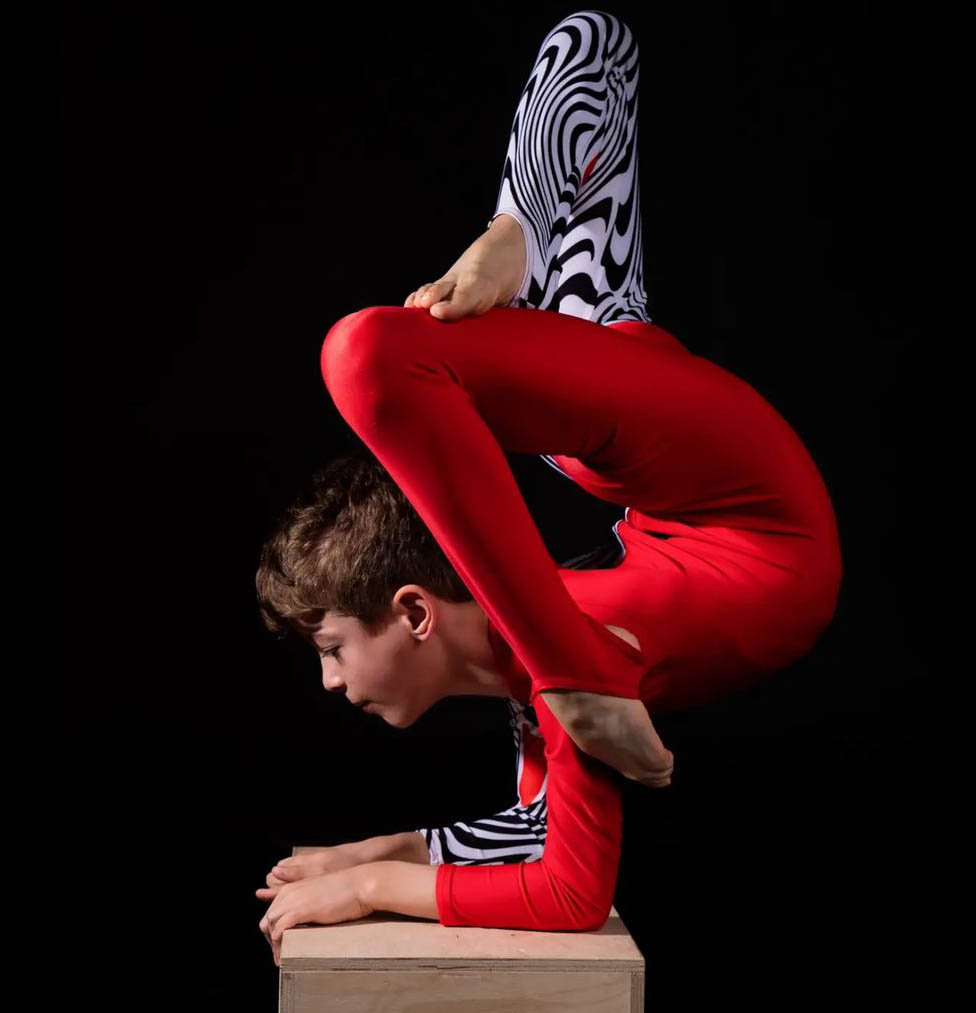The mobility-stability spectrum
- Rebecca Salstrand

- Oct 23
- 2 min read
Disclaimer:
Any medical/health information in this course is provided for general informational and educational purposes only and does not substitute for professional advice. Accordingly, before taking any actions based on such information, I encourage you to consult with the appropriate professionals. The use or reliance of any information contained in this course is solely at your own risk.
Would you consider yourself a flexible person, a stiff person, or somewhere in between?
Usually, individuals tend to genetically lean towards more mobile or more stiff.

An example of someone who is extremely mobile is a contortionist. They can move their joints through extremely large ranges of motion. This allows them to do impressive stunts that are far beyond what the average human can do.

On the other hand, an example of someone who is extremely stiff is a powerlifter. They can lift heavy objects in small ranges of movement, and can usually lift far more than the average human can lift.
These are examples of really mobile or really stiff folks. And these people tend to have injuries or problems associated with not having enough stability (if they are extremely mobile) or not having enough mobility (if they are extremely stiff).
In general, humans do well when they have a balance between stability AND mobility.
If you had lots of stability, but no mobility, it would be hard to get up and down off the ground, bend over, reach your arms above your head, etc.
However, if you had lots of mobility, but no stability, you would frequently injure the joint or dislocate because the joint won’t stay in it’s normal space.
We want a balance of both.
While you may not be a contortionist or a powerlifter, most people skew towards being a little more mobile or a little more stiff.
So, if you’re more mobile, how do you work on your stability? The answer is strategic work on strength and coordination.
If you’re more stiff, how do you work on your mobility? The answer is strategic work on stretching and mobilization.
We assess the mobility-stability spectrum in every patient. And from there, we can determine 1) if where you fall on the spectrum is contributing to your symptoms or keeping you from your goals, 2) create a plan to address it, and 3) help you execute it.
Need an evaluation? Reach out on the “contact us” page, and we’ll hop on the phone for a free, 15-minute consult.
Cheers,
Dr. Rebecca Salstrand, PT, DPT


